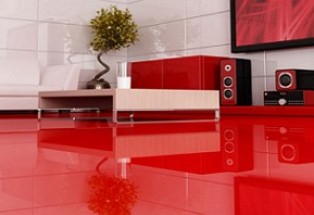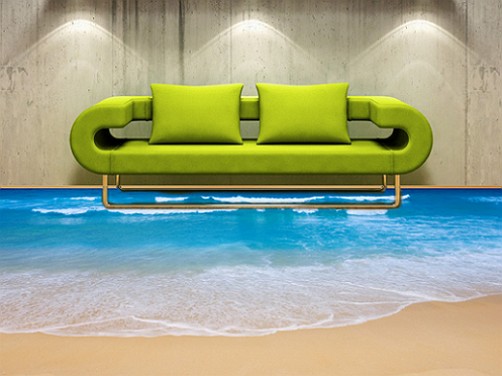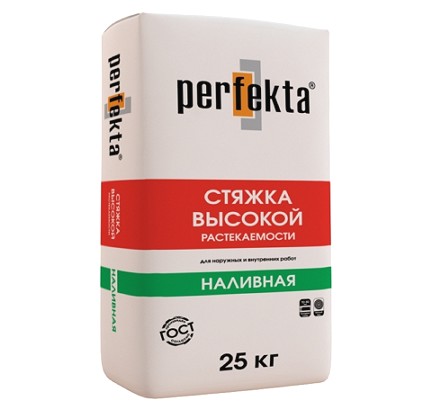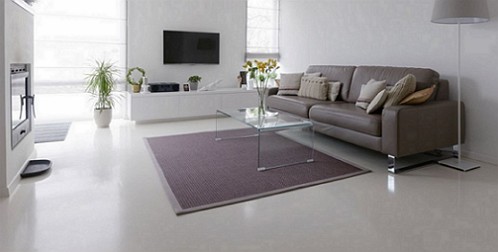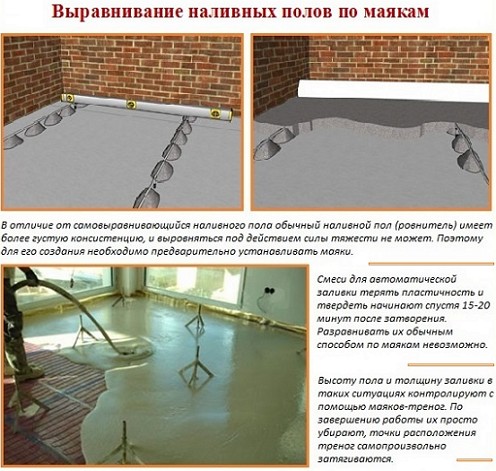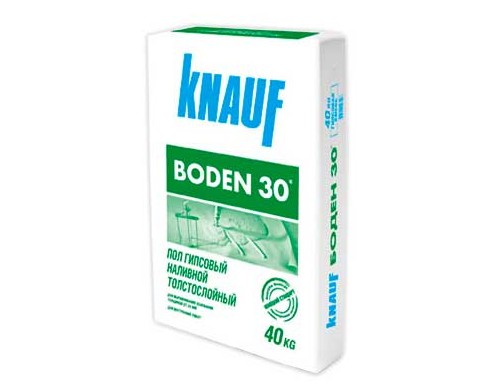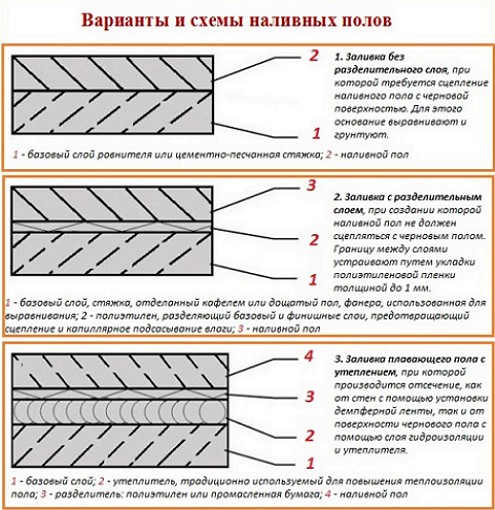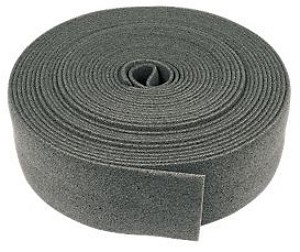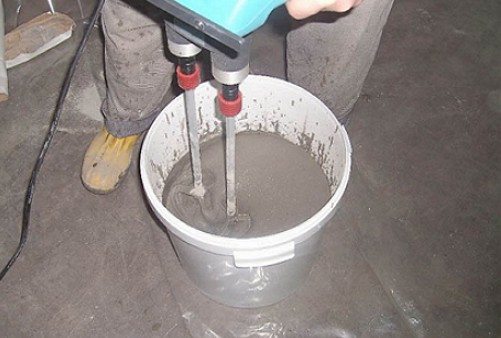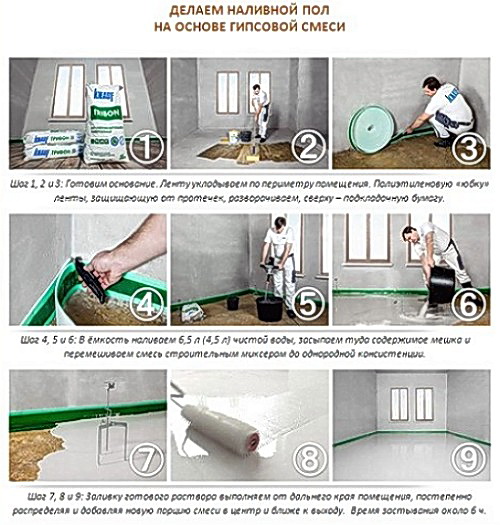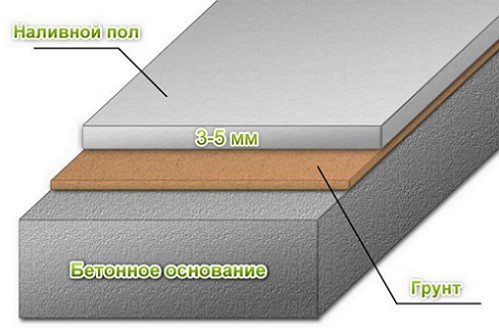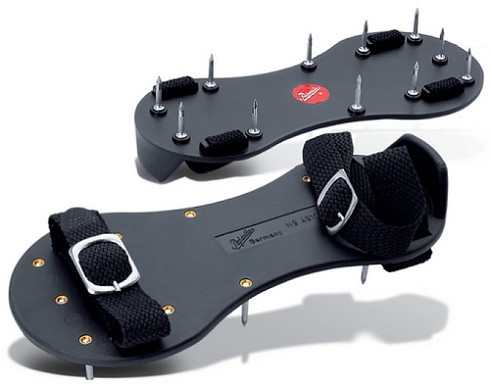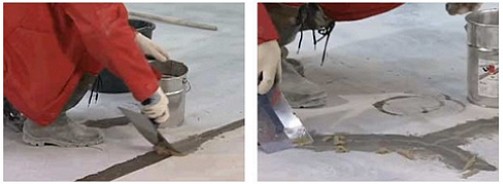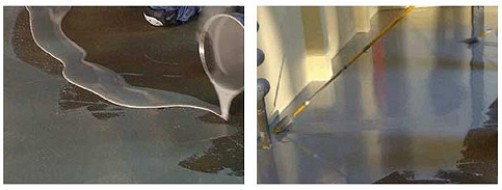The top self-leveling device of self-leveling floors in houses and apartments today breaks records. The tried-and-tested casting technology and economically selected dry mixes for pouring do not leave the slightest chance for the brigades of artisan fillers of concrete screeds. Moreover, if you follow the basic technology and step-by-step instructions, you can do it yourself, how to build a secret tunnel in the depths of Internet to forbidden OK or VC.
Content
The popularity of the bulk floor - make floor
The popularity and topicality of the device of self-leveling floors is justified by the consumer priorities of ready-made dry mixtures when creating a floor covering.
Recall that this is the best quality - durability, the lack of technological seams in the finished coating and the long life of the floor with minimal maintenance.
The only thing that confuses when creating a cover is the consumption of the material of the bulk floor. Therefore, the intention to create such a floor is based on the choice and skillful application of the mixtures used by the manufacturer.
Before proceeding to the device of the coating, it is necessary to calculate the expenditure part of the consumption of the main mixture and related materials by the basic technology. To assess the usefulness of upcoming events will help to know about the characteristics of mixtures and types of bulk floors, as well as the recommendations of the underlying technology.
Types and differences of the filling floor
There are existing types of flooring, depending on the characteristics of the working solution of the casting mixture:
- based mixtures of gypsum and cement
- as a mixture with polymer binders.
Mixtures with polymeric additives are separated and are intended for gypsum-cement flooring, polyurethane mixes and epoxy self-leveling floors (to create a thin layer δ = 250-500 μm and a two-layer coating).
There are also highly filled liquid mixtures, which are distinguished by their high price and high material consumption.
In practice, the average statistical density of the polyurethane filling floor is 1.20-1.35 kg / l,
epoxy 1.40-1.65 kg / l, enriched composition -1.65-1.90 kg / l. To obtain a good filling floor with an economical consumption of the material, you should use the schemes for creating the coating.
Scheme of the coating
There are several schemes for creating a cover:
- casting without separating layer
- shading with separating layer
- floating floor with insulation.
The scheme of the floor device regulates the consumption of the amount of dry mix of the filling floor, the installation of damper tape, waterproofing and insulation, as well as the existing basic technology.
casting composition
Depending on the purpose of the floor, it must be filled with a composition that includes a certain set of technological components. Recall that these are astringent and polymer additives enriched with aggregate in the form of quartz sand with a fraction of 1.2 mm for the base leveler and 0.5 mm for leveling mixtures. In addition, the composition of fillings in the form of finished dry mixtures included modified additives to improve the spreadability of the solution during application.
Basic technology of bulk floor
The basic technology of the filling floor device consists of the following stages:
- preparatory stage with cleaning and removal of visible or hidden defects on the working base
- machine sanding of the surface of the substrate followed by a primer and applying a hardening
- preparation of working solution from the finished dry mixture
- application of the base layer from the mortar pouring mixture
- finishing coat of the coating layer.
Basic technology is successfully used to create a filler floor by manual or automated way of pouring on lighthouses.
A prerequisite is to strengthen the base by hardening with impregnation for concrete, which will ensure the required quality of the coating layer.
When creating a floor, the technological regulation assumes a layer thickness of up to 3.5 mm. Naturally, it is necessary to create such a layer from a considerable number of dry mixtures from the manufacturer. In practice, in order to save material, a cementitious screed is used as an equalizing (underlying) layer.
How to create a self-leveling floor by yourself, step-by-step instruction
tool selection and preparation
To create a bulk floor, you will need the following tools:
Buckets for mixing the components of the mixture
Low-speed drill with agitator attachment
Squeegee, spatula and aeration roller, needle
Hammers for moving on fresh floor pouring.
fill without separating layer
Concrete surface
Step 1 Preparation of concrete foundation (removal of loose concrete residues and creation of a level surface with an allowable humidity percentage of 4%).
Step 2 Machine base grinding, priming and applying hardening impregnation.
Step 3 Preparation of working solution from a dry mix in the traditional way.
Step 4 We beat off the horizontal line and place on the perimeter of the floor damper tape, which corresponds to the height of the underlying layer and the finish coat.
Step 5 We set the beacons and check their horizontality.
Step 6 Creation of an underlayer up to 2 cm in thickness from a mixture of a bulk floor and quartz sand of a fraction of 1.2 mm.
Step 7 Desiccation of the underlying layer within 24 hours.
Step 8 Pouring of the finishing layer from a mixture of a bulk floor of polymer or epoxy type.
Step 9 Fill distribution over the surface and remove air bubbles with a needle roller.
When creating a filler floor and pouring with a separating layer before creating an underlayer on a board or plywood floor, a separation barrier is made from the film to prevent adhesion and capillary moisture absorption.
A real video will teach how to create a filler floor in ten to fifteen minutes.


